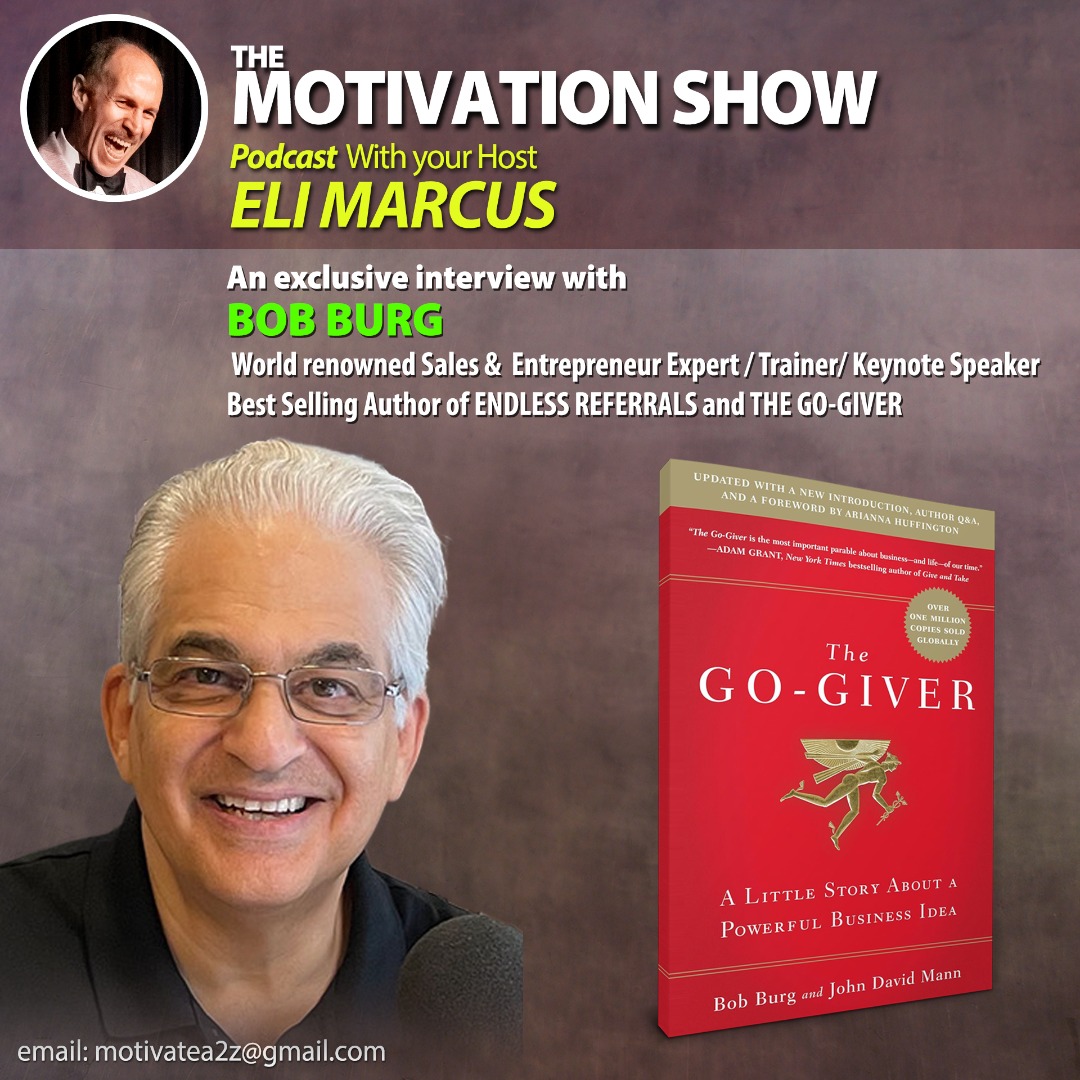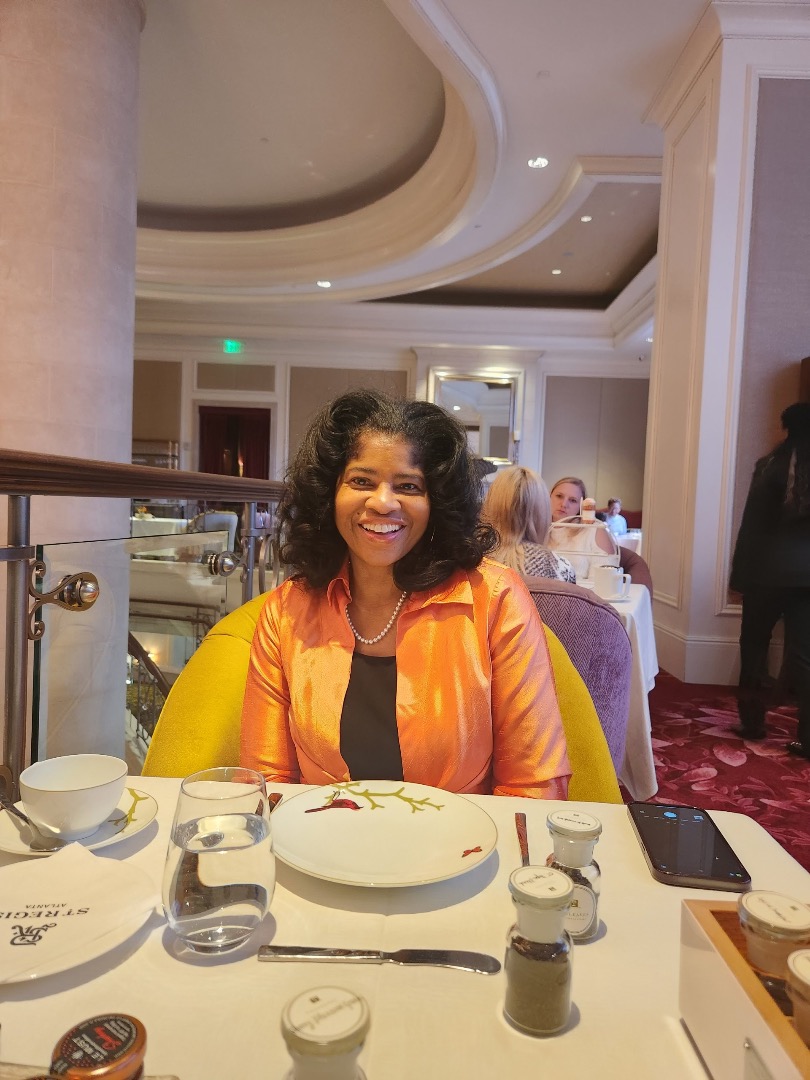Venturing into the world of creativity during the late 90s at the Art Center College of Design in Pasadena, California, Matt Hartle has evolved into a multi-talented virtuoso. As a Writer, Painter, Director, Designer, and VFX artist, his artistic compass guides him through diverse mediums.
Honing his skills at illustrious studios like Illusion Arts, BLT Communications, and Deva Studios, Hartle’s journey led him to his current roles – Partner, Executive Creative Director, and Director at Baked Studios, spanning both Culver City, CA, and New York, NY.
Recently, Hartle etched a significant chapter in his artistic narrative with the publication of his bestselling book ‘Of Courage And Sacrifice—Book One of the Bot Trilogy,’ a testament to his writing prowess. The saga continues with ‘The Magu Program,’ a visionary delve into a CyberPunk/Blade Runner-inspired future. Meanwhile, Book Two of the Bot Trilogy unfurls, exemplifying Matt Hartle’s unwavering dedication to the art of storytelling.
I was thrilled to have a chance to find out more about this creative thought leader.
As a successful author and filmmaker, how do you define effective leadership in the business and creative industries? What qualities or characteristics do you believe make a great leader?
This is an interesting question; there are varying answers depending on which hat I’m wearing.
I believe effective leadership strategies in business can sometimes differ from those in a creative field, but there are also similarities. In business, it’s important to thoroughly understand the playing field before making decisions. You need to have a strong sense of your goals and be adaptable but also decisive. Money ramifications must be considered, but people are always at the forefront. Many companies, especially ours, are entirely based on the people we have and the skills and abilities they bring. We work in a service industry, and our primary efforts must be to offer the best services we can efficiently and sustainably and provide the best possible customer experience while also prioritizing our team.
In creative leadership, a clear vision and collaboration are critical, as well as working to bring something new and original. I have a somewhat unique perspective as I am both a partner and a creative at our company and have had this split role at the several companies I have been at. As an artist, it’s important for me that I don’t focus on deadlines and budgets. While critical to the overall production, those things make it hard to find a creative spark. Sometimes the artist’s job is executing a process that’s been utilized many times before. Other times, it’s finding a novel approach or solution. When working with a client, it’s our job to hear the objectives and notes but also to understand what is being asked for. It can be challenging to articulate a feeling or emotion, and a good supervisor will ask questions that help to decode the intentions. As an artist, I’ve been on the receiving end of notes like, “The client didn’t like it.” Or “They want it to be more organic and original.” Those are examples of feedback that are very hard to execute. Artists need specific information, even if it’s loose. Imagine building a house and telling your contractor with a wave of your hand, “I’d like a wall over there.” That builder will begin measuring, cutting, and nailing – all specific actions. The goal is to provide enough information to make the wall while allowing for creative interpretation.
So there’s a balance: a strong sense of goals and fiscal responsibility but a willingness to encourage and embrace the creative process to achieve something great.
Could you share a specific example from your career where you had to exercise strong leadership skills to navigate a challenging business or production situation? How did you approach it, and what were the outcomes?
Many of the challenges we face in a production environment involve navigating schedules, allocating resources, and addressing production challenges. Many of these things are handled by having a good pipeline and a strong team. Organization is essential when dealing with long-term, multi-faceted challenges. On the creative side, it’s about creating a space where artists can be productive and bring their best work.
I find in leadership, as in life, you must decide what kind of person you want to be. I remember, many years ago, I was teaching a class at a college in San Francisco. I was somewhat new to teaching then and had only been doing it for several years. I had a class where the students were not following through from week to week. Assignments went unfinished; their remedial questions reflected their lack of effort. I studied at The Art Center College Of Design in Pasadena, CA. While in school there, I remember a class where the teacher asked us to put our paintings on the critique rail. Then he sent us off for a coffee. When we returned, the teacher explained the paintings had been arranged from best to worst. He then proceeded to rip into everyone, tearing down the work, the artists. It was quite dramatic and sobering. In my situation with my class, I decided to try this approach with the misbehaving students. I was harsh and on point and gave bleeding critiques. By the end, the class was quiet – I certainly had everyone’s attention. The following week, progress had been made. People were turning in work. The questions were on point. But, I could tell every person in that classroom harbored great disdain toward me. I came away from that having learned much about myself and what I wanted from my time on this planet. While being a teacher, leader, or professional isn’t necessarily about nurturing friendships, all things can be approached professionally, with kindness, honesty, and respect. Yelling and coercion can get things done, but it’s not for me.
In your experience, what role does effective communication play in leadership? How do you ensure clear and open lines of communication within your team or organization?
In our business, communication is at the center of everything we do. As a professional, I have been a creative director for film advertising and our visual effects company. Often, the projects we work on can be high-concept. It’s important we share any information we have with our artists to ensure everyone is headed in the right direction. We have a variety of approaches to accomplish this.
In addition to our administrative and sales meetings, we have weekly, all-employee meetings where we go through projects and regular office business. We discuss any areas of concern people may have with their particular shots and workflow. Doing it as a group helps promote team building which is very important when we are mostly remote – but it also allows us all to benefit from the diverse ideas that come from the group. Often there are resources, bits of advice, or just encouragement that can help everyone soldier through another week.
We use video conferencing for these meetings but also have many running Slack channels for each project. There is a constant flow of information through these channels, updating everyone as things progress. Slack has a ‘huddle’ feature allowing instant video and voice conferencing. You can also share screens which is a huge help when working with other artists. It allows me to look at their screen or share mine with them to work through a problem together. To keep projects coordinated, we use another industry standard application called ShotGrid. ShotGrid is essentially a database that allows information sharing about individual shots, tracked statuses, and relayed notes. It goes far beyond that with customizability and workflow connections.
To me, the best kind of leadership is hands-on and in the trenches. While this may not always be possible, it is critical to understand the daily issues that arise, team building, and developing expertise in your field. People prefer to work with someone more than working for someone. Sometimes the differences are subtle, but it’s an overall approach to communication. It can be easy to set up a caste system within a company accidentally. We all have different responsibilities, but the work we do matters. Also, confrontational management styles promote environments of uncertainty and fear – both destroy creativity. A person needs to feel supported and accepted like they have a place at the table, to be at their most effective. From a purely managerial perspective, that’s just good business. Productive people are profitable people. However, from a human perspective, I prefer being in the trenches with people I like and respect.
As a leader in the creative industry, how do you balance the need for artistic freedom and creative expression with the practical demands of running a business? How do you foster a creative environment while still achieving business goals?
Deadlines run our business! This is one reason I need my own creative pursuits, like writing, where things can be far less structured and more open-ended. For me, it’s important to have these outlets to balance the pressures of a more structured environment.
At the outset of a project, a survey of the objectives is required to understand what things should be started first and what resources might be necessary. Do we need to go out of house? Do we have clear direction from the client? Have we been given the assets we need? Time and resource planning needs to be done at the beginning and continues throughout the production.
We need to have our pipeline in place from the start. Going back to make corrections to the organizational format can be painful and costly.
Once we have these basic structures in place, we can begin. In a creative business and as a creative myself, I believe we are selling the work our artists produce. Of course, every aspect of the process is critical: our organization, efficiency, and ability to communicate effectively. We can be a well-structured business, but if our product is substandard, it won’t matter. Conversely, if we have a fantastic offering but do poorly delivering it, we will be equally hindered.
Creative tasks inherently take more time. If we have shots that require design, those need to be started as early as possible to ensure there’s space to explore and find a good solution. We must prioritize the creative and allow for an artist’s process. Sometimes, in the rush of production, it can be easy to forget that.
In today’s rapidly evolving business landscape, what do you believe are the key qualities or skills that leaders must possess to successfully adapt to change and drive innovation? How have you personally embraced change and encouraged innovation in your work?
As a business owner, you must accept change and adapt accordingly. This has manifested in our business in a variety of ways. Like everyone, we were affected by the Covid pandemic. A large consequence of that has been decentralized workflows. Engaging talent wherever they are is key to hiring and maintaining a staff. Outside of on-set time, our work is done on a computer. The collaboration tools available are incredibly robust and have been for some time. It’s our job to utilize these tools to strengthen our business, develop new team-building strategies and optimize non-centralized workflows. There is something lost in the lack of in-person interactions, but I honestly believe, largely, those days are behind us. What’s important is how we build connections using the tools we have – it’s an evolution of the work environment.
We live in a technologically dynamic world. Artificial Intelligence is the latest thing to explode onto the scene. There has been significant resistance from the creative community, as we have seen with situations like the Writer’s strike and fans rejecting the title sequence for the show, ‘Secret Invasion.’ Much work needs to be done around this technology to establish boundaries as it develops, but it seems clear that whatever solutions are found must also be inclusive. It’s too powerful and pervasive to expect it won’t be used. I’m personally cautiously excited about the possibilities it presents for our industry. There are many repetitive tasks that we perform daily or go out of house for at a high cost. Technology that can help address these things is fascinating. Of course, this technology is also being used creatively, and I’m also excited about that.
I recently finished my next book, ‘The Magu Program.’ Traditionally, after completing my own rounds of editing, I would engage an editor to complete the final polish. This time, I opted to work with ChatGPT instead. The reasons were varied – it is significantly cheaper, faster, and offers more of a direct experience. It was not the same as working with an editor, and I was sure things would be lost in the lack of human interaction. However, it was an experience I was excited to explore, and I found it quite rewarding – and also frustrating! As I was working through the edit with the AI, it offered amazing insights but also some confounding ones. It constantly ‘forgot’ what we were doing and had to be brought back on course. It was annoying, but ultimately I believe the exercise was fruitful, and the story/ book is better for it. It’s exciting to realize this is only the beginning of where this technology will go!
As a business owner, this is an example of adapting to new technology and seeing how to make it work. Margins in business are often razor thin – discovering and implementing cost-saving measures may significantly impact the bottom line. Also, likely your competitors are working to adapt them as well. To stay relevant, a business has to adapt and implement.
For more information about Matt Hartle visit his website.











